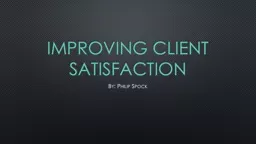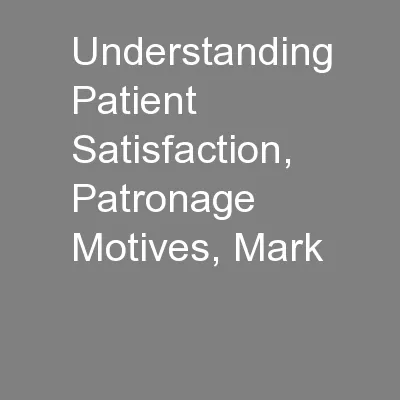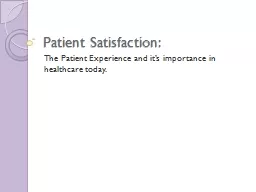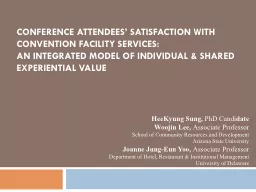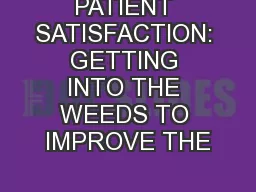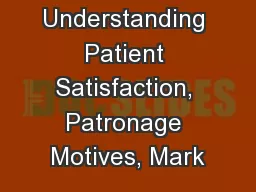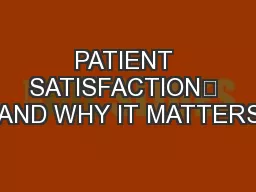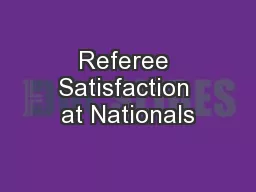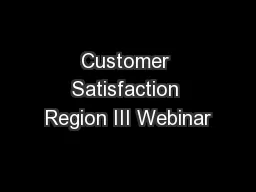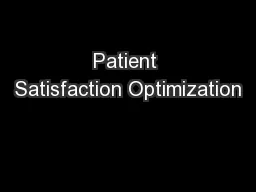PPT-Improving Client Satisfaction
Author : mitsue-stanley | Published Date : 2018-03-19
By Philip Spock Project Scope Problem Statement Strategies for Gathering amp Assessing Information A lack of internal processes in any company will lead to misunderstandings
Presentation Embed Code
Download Presentation
Download Presentation The PPT/PDF document "Improving Client Satisfaction" is the property of its rightful owner. Permission is granted to download and print the materials on this website for personal, non-commercial use only, and to display it on your personal computer provided you do not modify the materials and that you retain all copyright notices contained in the materials. By downloading content from our website, you accept the terms of this agreement.
Improving Client Satisfaction: Transcript
Download Rules Of Document
"Improving Client Satisfaction"The content belongs to its owner. You may download and print it for personal use, without modification, and keep all copyright notices. By downloading, you agree to these terms.
Related Documents

